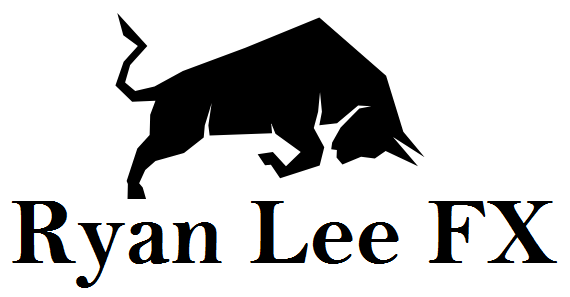Identifying resistance and support within the market using price action is an important step in learning how to ride profitable currents. The market follows certain patterns and a couple of these patterns are support and resistance. Knowing when to expect either of these means knowing what the future trend of the asset will do. Whether you trade on the stock market or the FOREX market, knowing how to properly gauge support and resistance is essential to your investment career.
Resistance
So what is the resistance level and how can learning about it improve your investment skills? The resistance level is the level at which supply for the asset begins to grow to the degree that it hits the limit of its upward trend. Like with everything else regarding supply and demand, the more supply you have, the cheaper the asset will become. The resistance level is the higher level that an asset reaches before investors feel that it has reached its peak. Investors at this point typically will begin to sell off the asset creating additional supply which plateaus the price.
Often times an asset will reach this particular resistance area several times. In essence, the resistance level is just the upper range to which an asset will go before it begins traveling back downwards towards the median. This is why seasoned investors will sell their assets once it reaches the resistance level as in all likelihood it will go back down and eliminate whatever gains they had.
Support
Just as the resistance level is the upper cap to which an asset may have trouble breaking out of, the support level is the bottom level. This is why it is known as the support level. The support level is when a stock is trending downwards and seems to hit the same bottom area repeatedly before traveling back upwards to the median or to the resistance level. A support level is important for a business because it shows that investors believe that buying the stock at this price is when is valuable for them to do so.
If a support level falls through, it is often times indicative of the market looking for a new lower level of support and means that trust in that particular asset has likely gone down. Essentially, it could be viewed as seeing an item on sale but realizing that since nobody is buying it at that sale price, it will probably be marked down further at which point you decide to buy it. That is the support level. If people buy it at its reduced price the first time it won’t have to be reduced again later. But if the market believes that it can and will be reduced later, the support level will drop further causing the asset to lose more of its equity. Identifying where the traditional support level for a particular asset has been can let you know when to buy at the bottom so you can ride the asset all the way back up to the resistance level before you sell.
